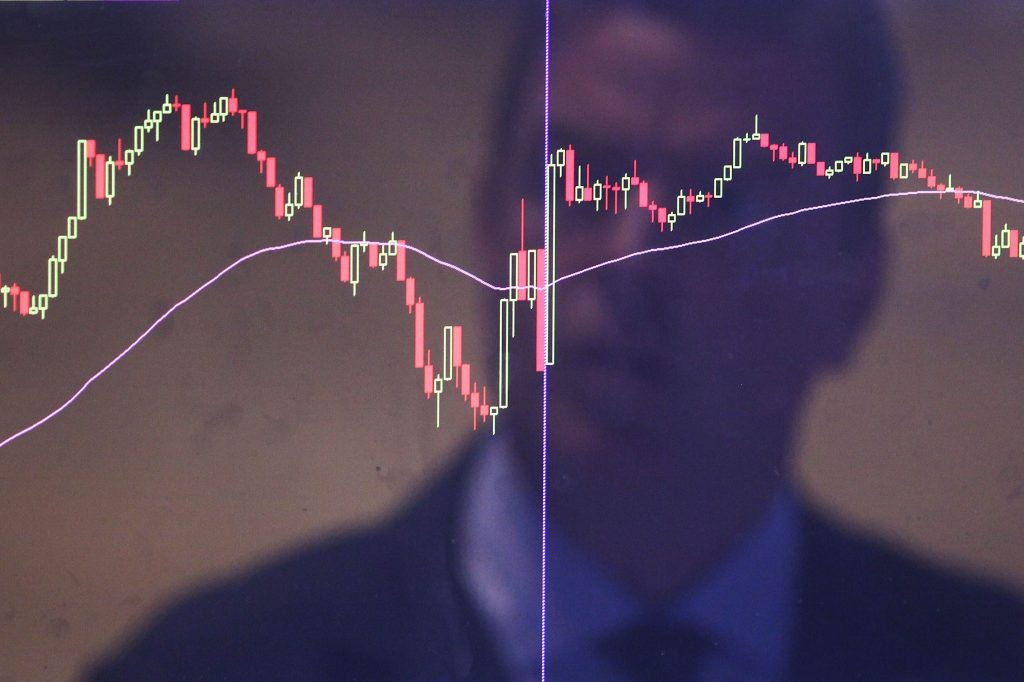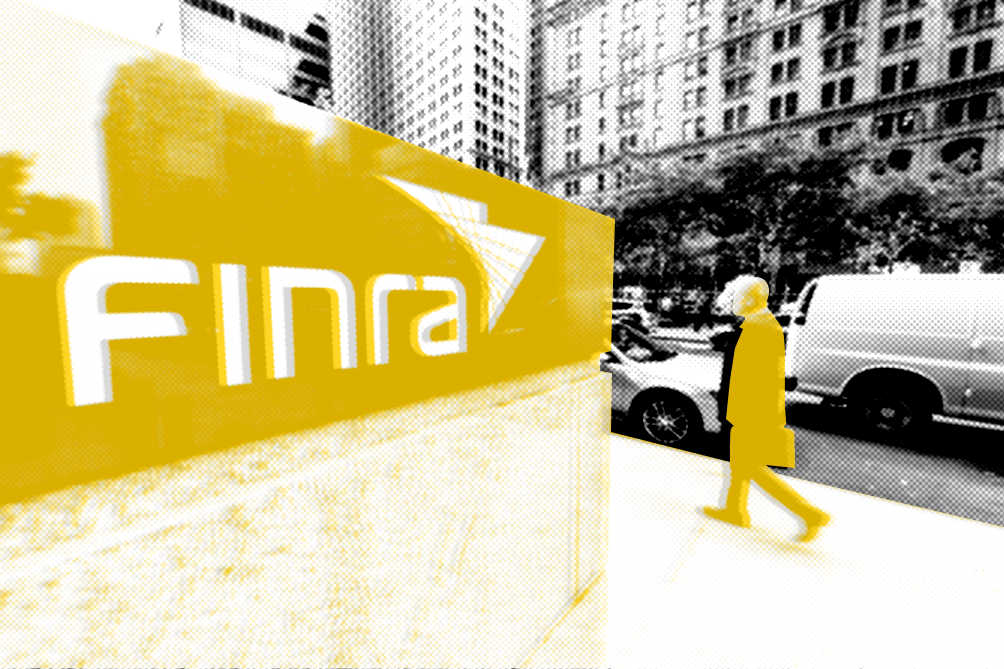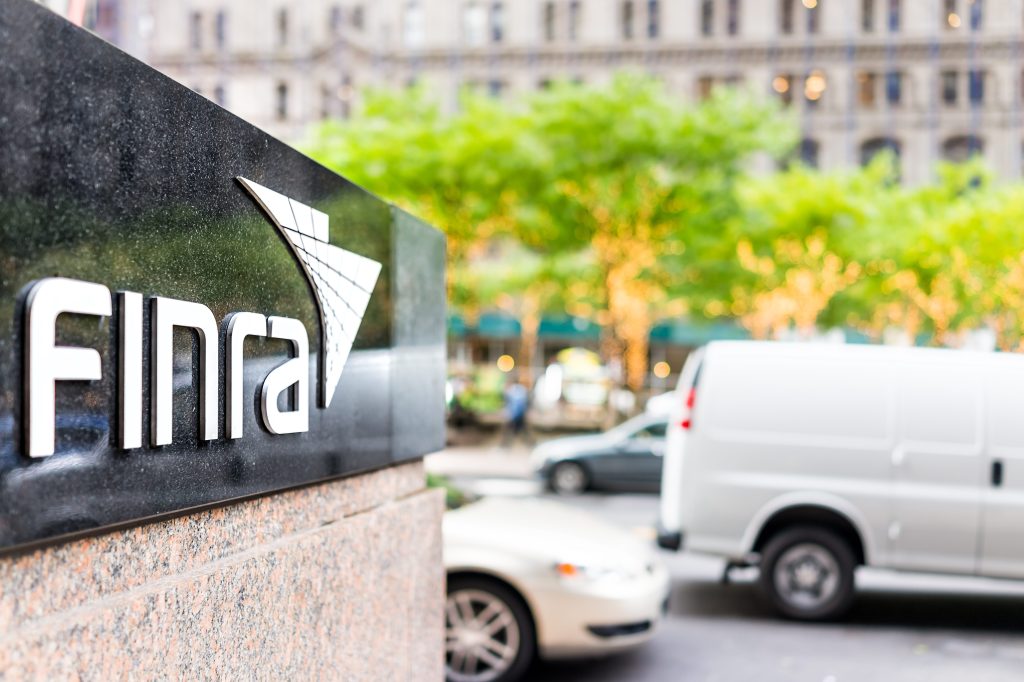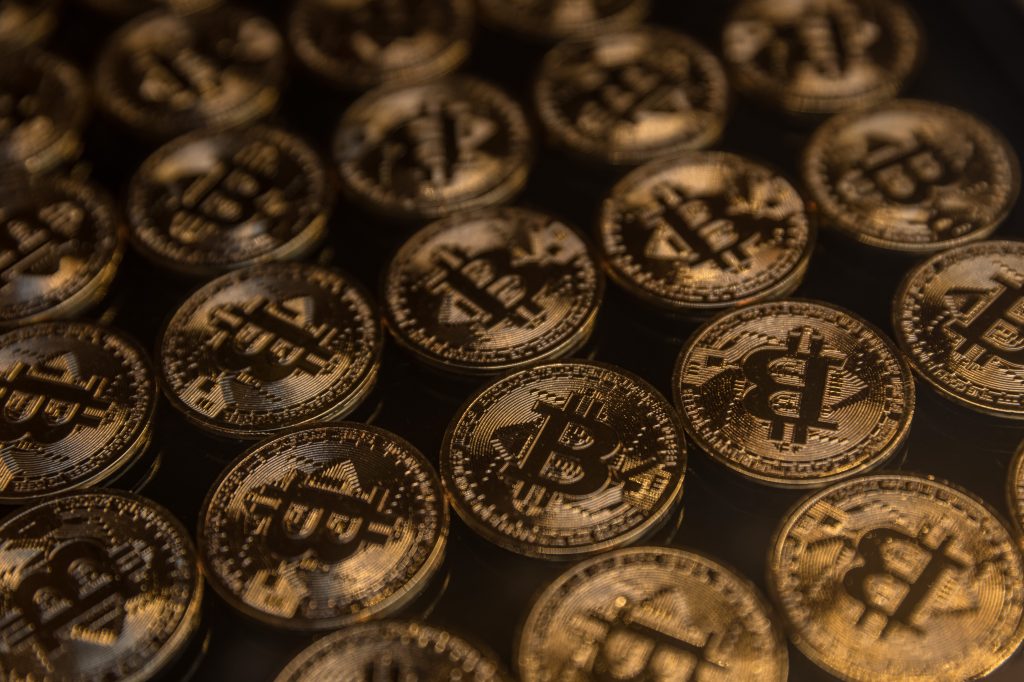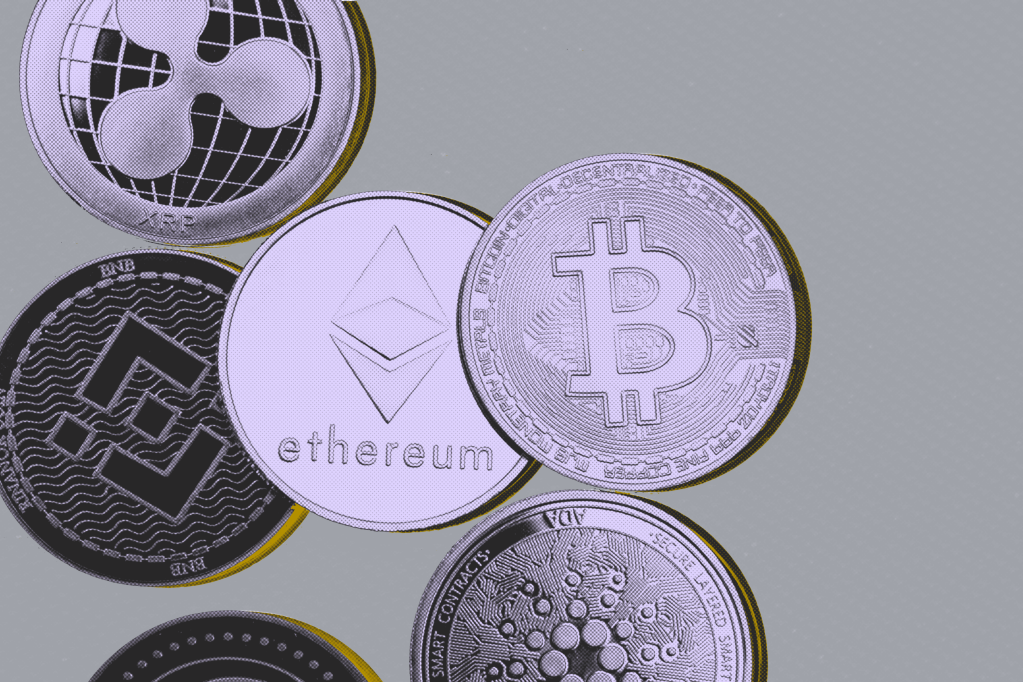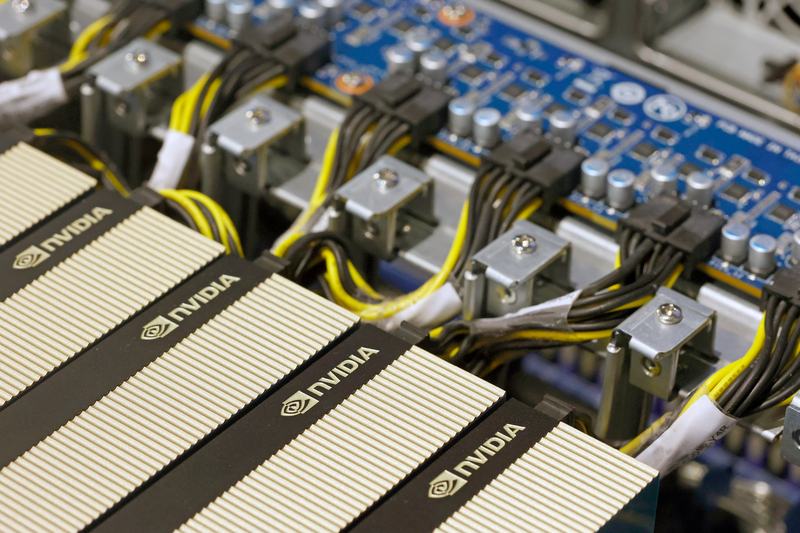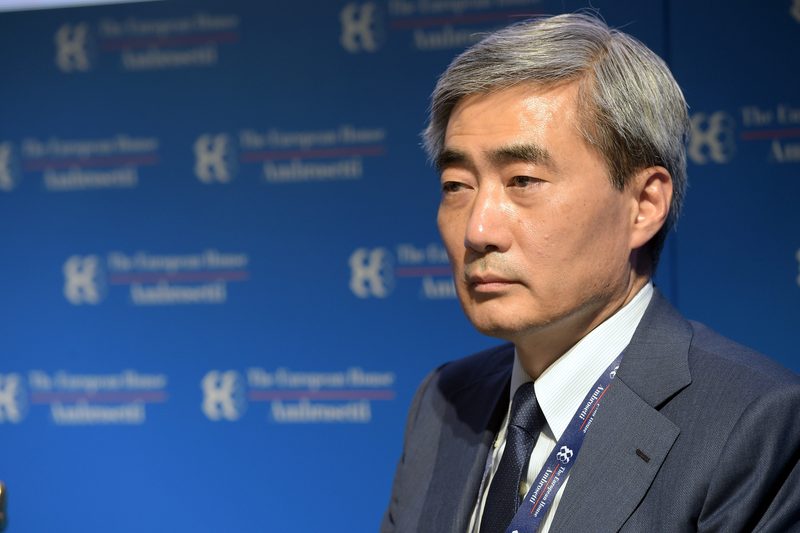A top executive at the Bank for International Settlements (BIS) has warned that stablecoins, despite their potential to play a vital role in the future of financial systems, pose a risk to financial stability and market integrity if not regulated properly.
Hyun Song Shin, Economic Adviser and Head of the Monetary and Economic Department at the BIS, has said the digital assets “do not deliver singleness of money (acceptance for payment at par), elasticity (timely discharge of obligations, preventing gridlock) and integrity (safeguarding against financial crime).”
Shin believes stablecoins provide a gateway to the crypto sector and can potentially “play a subsidiary role in the hinterland of the financial system if adequately regulated,” but accepts that the future is unclear.
At the same time, the BIS says tokenization will play a key role as the “next-generation monetary and financial system takes shape, based on a tokenised unified ledger.”
Securities and markets
The bank has said: “Tokenization can enhance efficiency and open new possibilities in cross-border payments, securities markets and beyond, while maintaining the key principles of sound money: singleness, elasticity and integrity.”
The remarks come at a time stablecoins are being aggressively promoted by politicians in a bid to make them an integral part of the mainstream financial system.
Stablecoins are crypto assets that draw their value and stability by being attached to or referencing a fiat currency, in most cases the US dollar. At present the stablecoin market, which has a $250 billion market cap according to some estimates, is dominated by US firms such as Tether and Circle.
Despite their potential and increasingly high demand, Shin warns that stablecoins can cause market chaos if investors decide to withdraw suddenly.
Push for regulation
In February, the US House Committee on Financial Services released a discussion draft for a bill aimed at establishing “a framework for the issuance and operation of dollar-denominated payment stablecoins in the United States.”
In March, Committee members wrote to then Acting Chairman of the SEC, Mark Uyeda, “encouraging the Commission to take additional steps to remove inappropriate hurdles put in by place by the Biden Administration that hinder the digital asset ecosystem.”
Also in March, the Committee held a hearing to examine “the promise of blockchain technology, specifically in payments with stablecoins.”
And in May this year, the UK’s FCA launched a consultation process on issuing stablecoins, crypto custody and financial resilience of crypto asset firms.
The regulator said at the time its proposed rules aim to achieve two main objectives. First, it wants to make sure that the stablecoins maintain their vaue and, second, “that customers should be provided with clear information on how the backing assets are being managed.”
Earlier this month, the first ever British pound sterling-backed stablecoin was launched by FCA-registered crypto firm BCP Technologies.
Tokenised GBP (tGBP) is said to be “backed 1:1 by reserves held in a segregated account at a UK-regulated financial institution,” CoinDesk reported reported at the time.
Despite the warning from the BIS, experts believe that stablecoins have the potential to transform the global digital assets ecosystem.
Hannah Meakin, a partner at Norton Rose Fulbright, told GRIP earlier this month: “As a new British pound-backed stablecoin issued by an FCA-registered crypto firm, it sends a strong signal of growing regulatory maturity and market readiness for fiat-referenced digital currencies.”


